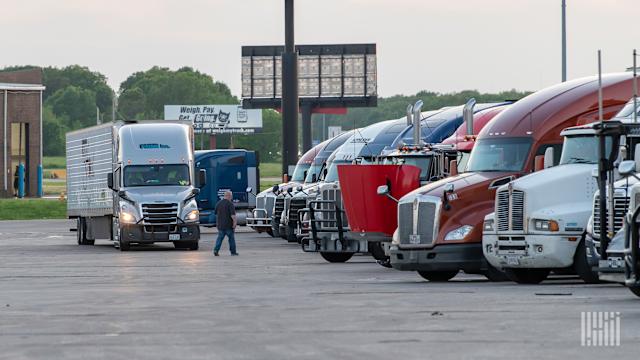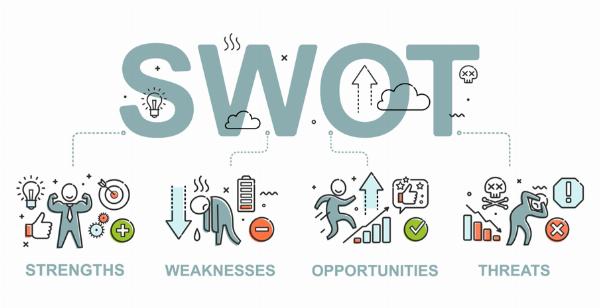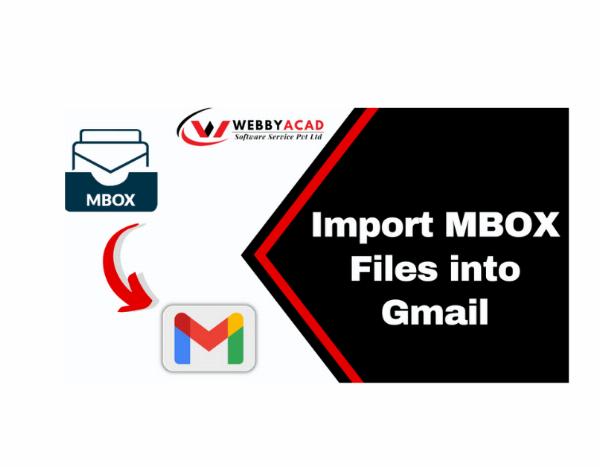
The trucking industry’s “driver shortage” debate has persisted for decades. The American Trucking Associations (ATA) claims a chronic shortage since 1987, citing nine studies. Yet, researchers and industry experts argue the labor market functions well when freight demand is strong. A December 2024 study by Professors Jonathan Phares, Jason Miller, and Stephen Burks, published by the Association for Supply Chain Management, shows carriers hire drivers when freight demand rises and reduce staff when it falls.
Carriers respond rationally to demand. Strong freight needs prompt hiring, often with higher wages to attract drivers. Weak demand leads to job cuts. The persistent shortage narrative, driven by ATA-sponsored studies, oversimplifies the role of freight demand.
The COVID-19 pandemic cut trucking jobs by 84,500 (5.6%) from March to April 2020—the largest monthly drop on record. This disruption highlighted how freight demand shaped state-level recovery from May 2020 to December 2021. Seven factors influenced job creation.
How Freight Demand Creates Trucking Jobs
Major points in the study:
-
Natural Resource Extraction: Fracking and mining generate significant freight. A single fracking well requires over 1,145 heavy truck trips for materials like sand. The 2020 oil price decline reduced drilling by 41% and mining by 10%, cutting freight in North Dakota and Wyoming, where trucking jobs fell 18% and 15% by 2021. Low demand halted hiring, as specialized trucks couldn’t shift to other freight.
-
Warehousing Expansion: E-commerce drove warehousing jobs up 14% in 2020 and 38% in 2021. In California and Arizona, this increased drayage and local freight, boosting trucking payrolls by 8%. High demand spurred carriers to hire more drivers.
-
Container Ports: A 17% rise in 2021 retail imports at ports like California and Georgia fueled drayage and transloading jobs. Strong freight volumes encouraged hiring, with minimal competition from port labor.
-
Construction, Wholesaling, Couriers: These sectors added freight without competing for drivers. Florida’s 2.6% construction growth by 2021 supported an 11.8% rise in trucking jobs, as material hauls drove demand. Wholesaling and couriers, linked to e-commerce, sustained freight without pulling drivers.
-
Manufacturing: Generating 60% of for-hire trucking ton-miles, manufacturing sustains freight demand. Michigan’s auto sector recovery by 2021 increased jobs in states like Ohio, as carriers hired to transport factory goods.
-
Retail and Consumer Goods: A 17% surge in 2021 retail imports drove distribution needs. In Florida, retailers’ demand for trucks to deliver goods spurred hiring.
-
Energy and Macroeconomic Factors: Refining and petrochemical freight declined in 2020, slowing job growth. Holiday retail peaks and oil price recoveries in 2021 increased freight, prompting carriers to hire.
Why Construction Doesn’t Compete with Trucking
Contrary to popular belief, construction does not significantly compete with trucking for labor. The study shows construction generates freight that supports trucking jobs. In Florida, a 2.6% rise in construction employment from 2019 to 2021 aligned with an 11.8% increase in trucking jobs, as projects like nonresidential building required material hauls (Page 9). Construction’s labor needs—carpenters, electricians—differ from truck drivers’ skills, reducing rivalry. Unlike extraction, where specialized equipment limits flexibility, construction freight uses standard trucks, enabling carriers to hire without losing drivers to construction roles. This complementary demand refutes assumptions of labor competition.
Labor and Competition Dynamics
High freight demand drives carriers to offer competitive wages, attracting drivers. Young firms hire actively during manufacturing or retail surges but reduce staff when freight slows. E-commerce and ports created jobs with little labor competition, as construction and courier roles differ from driving.
Implications for Trucking
Regulators should focus on freight demand, not labor competition. E-commerce, ports, and manufacturing drive job growth by increasing transport needs. Extraction-heavy regions face hiring challenges when demand is low. Managers must plan for freight spikes, like holiday seasons, and oil price shifts. Policymakers should support freight-generating sectors—e-commerce, manufacturing, retail—over shortage-focused policies like younger driver programs.
Key Takeaway
States with robust warehousing, ports, manufacturing, and retail saw rapid job growth post-COVID, while extraction declines limited hiring. Construction supports trucking without labor rivalry. The bottom line: Want more truck drivers? Add more freight, carriers will figure out a way to find them. Freight demand, not driver supply, drives trucking jobs, challenging shortage myths and guiding industry and policy strategies.
The post Driver Shortage Myths Debunked: Freight Demand Drives Trucking Jobs appeared first on FreightWaves.
The article, 'Driver Shortage Myths Debunked: Freight Demand Drives Trucking Jobs,' effectively punctures the commonly held beliefs surrounding driver shortage by highlighting how真实和蓬勃的货运需求 actually fuels an increasing need for trucking professionals in today's economy.
Breaking the myths surrounding driver shortage, this article presents a compelling argument that it is actually increased cargo demand driving growth in truck transport jobs. With smart policies and modern innovations keeping pace with market trends.
The uncommonly insightful piece, Driver Shortage Myths Debunked: Freight Demand Drives Trucking Jobs effectively exposes the false narratives around truck driver shortage by unveiling how freight demand truly spurs job opportunities in this crucial industry.
This article perfectly exposes the misconceptions surrounding driver shortage in trucking by demonstrating that freight demand, rather than fabricated myths about job pools or industry conditions is indeed fueling career growth opportunities for drivers.
The myths surrounding the driver shortage in trucking are finally being debunked, revealing that soaring freight demand isMOREfuel for welcoming and snapping up any potential drivers into this growing job sector.
Uncovering Misconceptions about the Driver Shortage: The Rising Demand for Freight Propels an Increased Need for Professional Truckers, Courtesy of a Thriving e-commerce Market.
The reality debunks the myths surrounding driver shortages in trucking, revealing that freight demand remains a robust driving force behind job opportunities for professional drivers.
误区破除:运输需求才是驱动卡车司机行列扩张的真正动力——Freight Demand Drives Trucking Jobs,揭示了市场需求对缓解所谓'驾驶员短缺’问题的关键作用。
The truth about the driver shortage is confronted and overturned: Freight demand in itself acts as a potent engine for creating job opportunities within trucking.
The trucking industry's forward momentum disproves the notion of a driver shortage; in fact, freight demand is fueling record job opportunities for drivers thanks to efficient logistics systems and increased transportation needs.
The 'Driver Shortage' myths, dismantled by the assertion that freight demand is indeed a driving force behind trucking job growth. It highlights an understated reality: industry’ s nexus with strong market conditions.
False notions about driver shortages are relentlessly dispelled in the wart that freight demand remains robust, fueling employment opportunities for transportation professionals.














